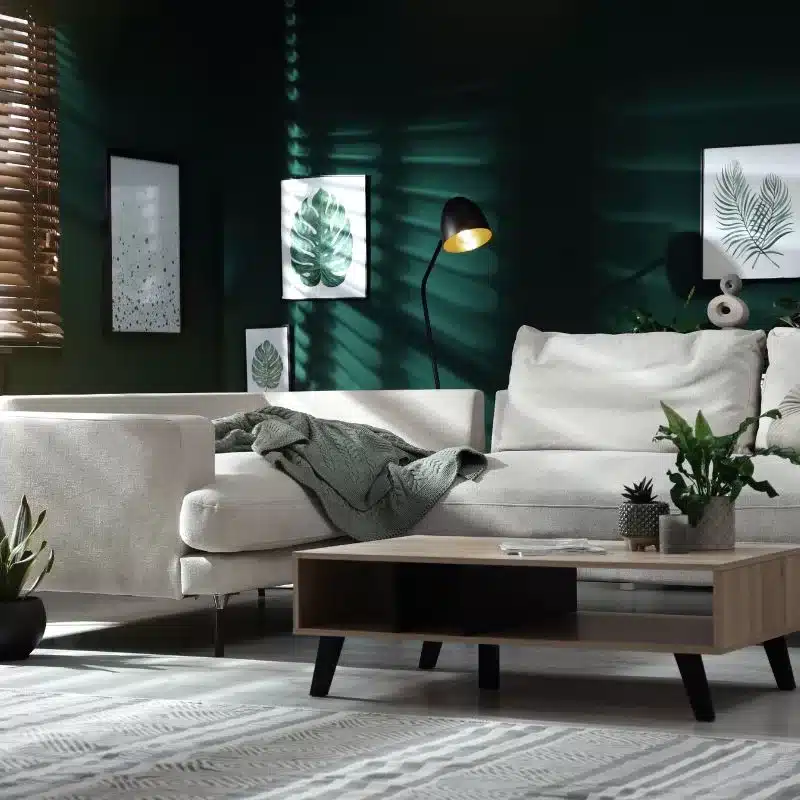Interior decorating doesn’t need to be an overwhelming, scary task. It’s possible to confidently embrace the vibrant world of interior decorating and take joy in the process. If you’re in the beginning phases of choosing your home’s color palette and design, you’re in for an exciting journey. Here are some basic color theory tips for beginner interior decorators. Let’s turn your home into a stylish canvas that suits your creative spirit!
Get Familiar With the Color Wheel
The color wheel is your best friend when painting and decorating your home. It’s a visual representation of colors arranged according to their chromatic relationship. Begin by understanding primary colors (red, blue, yellow), then explore how they blend to create secondary colors. This knowledge will help you choose hues that match well together in your designs.
Pick a Color Family for Each Room
Whether buying furniture for a new apartment or revamping your current space, picking a color family for each room is essential. This advice doesn’t mean every item you select should be the same color. It means they should harmonize within a specific color palette. Refer to the color wheel when choosing your color family to ensure your choices work well with each other.
Use Complementary Colors on Your Ceilings and Walls
Use complementary colors on your ceilings and walls to add depth and dimension to your rooms. Complementary colors are opposite on the color wheel. Blue and orange make up a pair, for example. Using a lighter shade on the ceiling and a darker one on the walls can give the illusion of height and space. Most interior decorators recommend going 20 percent lighter on the ceiling to create a cohesive look.
Use Rugs and Accessories To Bring a Space Together
Rugs and accessories are the finishing touches of your interior design. They can tie in different elements of a room, bringing cohesiveness to your paint colors and design choices. A well-placed rug or a strategically chosen throw pillow can make all the difference and unify a room’s color scheme.
Use Your Trim Color To Connect Each Room in Your Home
A great color theory tip for beginner interior decorators is to use your trim color to connect each room in your home. Doing so creates a subtle yet effective visual flow as you move from room to room. Whether it’s a crisp white or a bold black, a consistent trim color can bring a sense of unity to your home.
Consider a Room’s Size When Picking Paint Colors
The size of a room should influence your paint color choices. Lighter colors make a room feel larger and more open, while darker colors create a cozier, more intimate feel. This information is especially important for smaller spaces, such as when choosing bathroom paint colors, where a lighter shade can make the room feel more spacious.
Starting your journey in interior decorating with these introductory color theory tips can transform your home into a delightful expression of your personal style. It’s all about having fun and experimenting with colors that resonate with you. Happy decorating!


1 comment
The use of colour (on ourselves or as part of our surroundings/home decor) can really uplift and make an impact. I love the use of accent colours that connect in some way and bring everything together—I will have to see what I can do within my apartment!